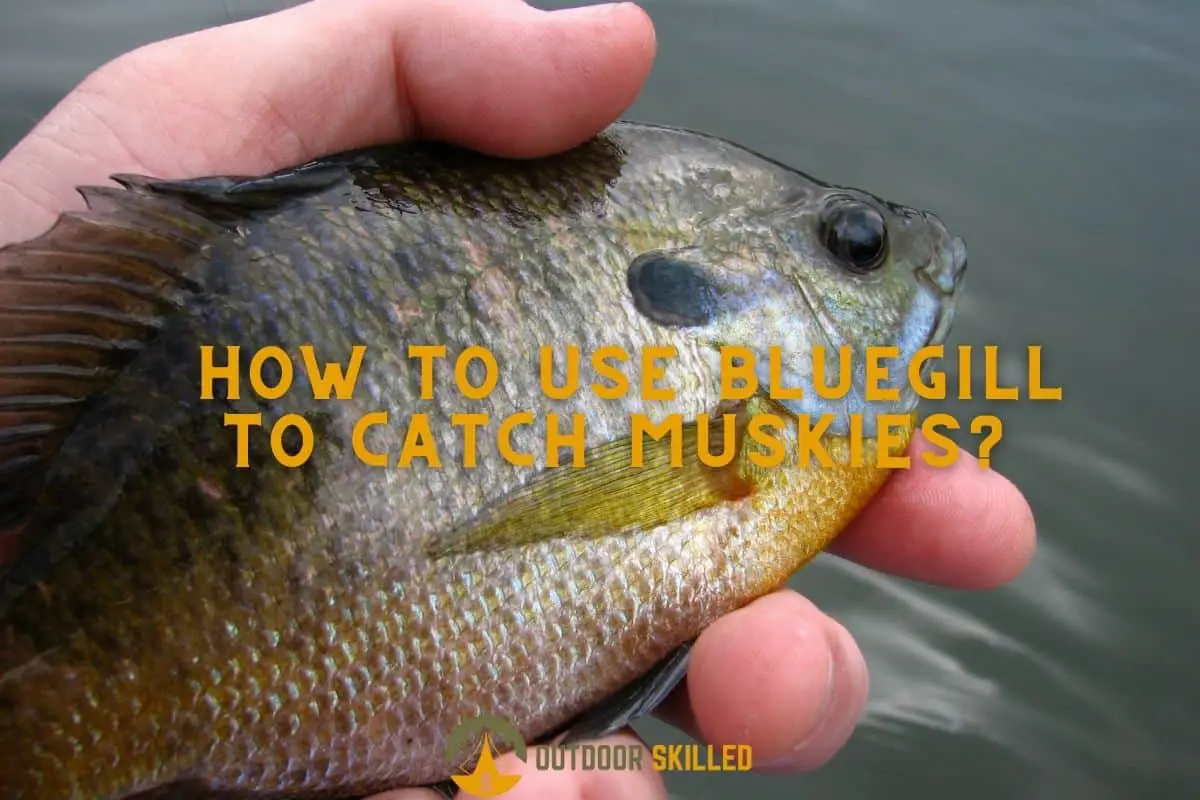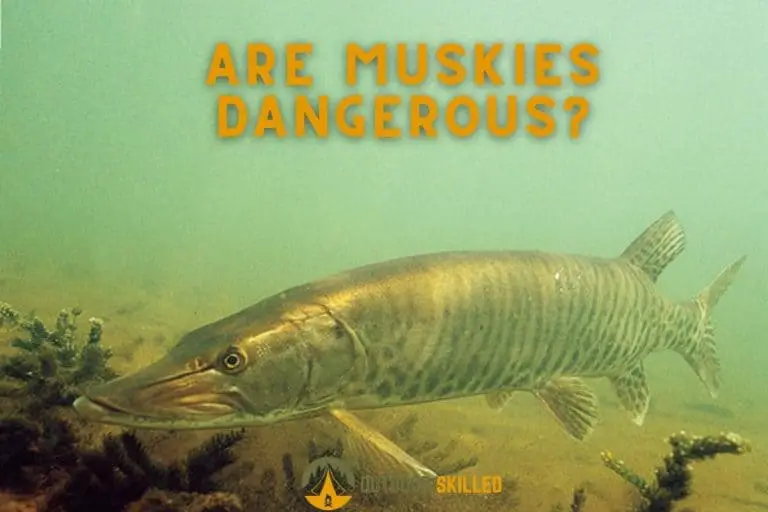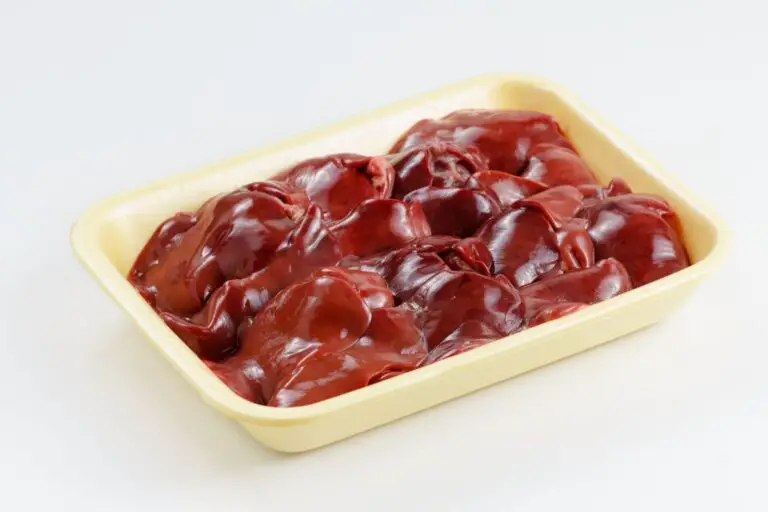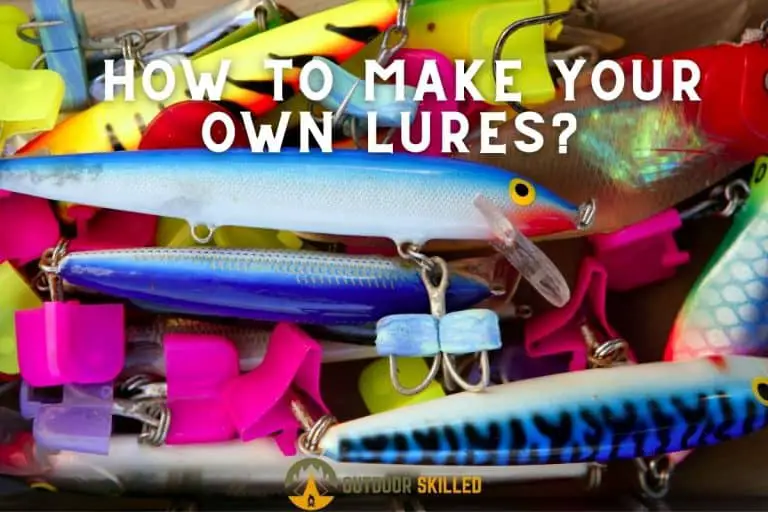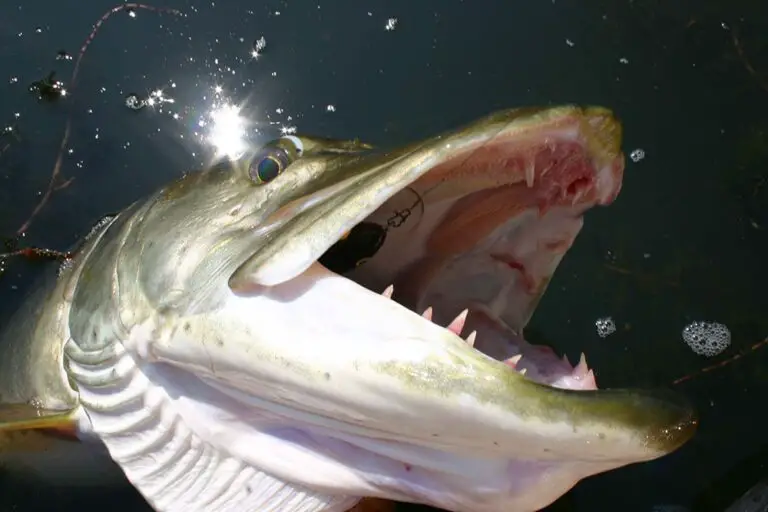How to Use Live Bluegill for Muskie? A Step-by-Step Guide
Muskies are known to eat everything in sight; they’re vicious, predatory fish that hunt almost all the time. So, using one of their favorite meals like bluegill as a bait can’t flop. Bluegill is one of the most used and most effective live baits for Muskie, the fish of 10,000 casts.
However, some people find difficulty in using live bait, in terms of hooking and casting in particular. No worries though, the answer is pretty easy.
So how to use live bluegill for Muskie? To use live bluegill for Muskie you need to hook the fish in the meat of its back, just below the dorsal fin. Release the fish around weed edges for better chances to catch a Muskie. Small bluegill of 3-to-4 inches will only catch small muskies, go for bigger bluegills to attract bigger muskies.
Keep reading to know more about how to use bluegill to get these muskies on the hook!
Table of Contents
How to Use Live Bluegill to Catch Monster Muskies!

Bluegill, like any fish used as live bait, has this natural instinct that warns it when a predator fish is around so it tries to move faster to get away and escape its fate. The natural predatory instinct of a Muskie kicks in on seeing this movement and it makes resisting the chase nearly impossible. That’s why using live bait for muskies is undefeated compared to other lures.
Here’s a 7-step-by-step guide for you to use live bluegill to catch muskies:
- Pick big bluegill of at least 9 inches (about 22 cm) or so. You have to match the hatch! If you want a big Muskie, 3-to-4 inches (about 7.5-to-10 cm) bluegill that will work on smaller ones won’t deliver the desired results of catching a big Muskie.
- Use heavy trolling or downrigger rods that can assist you during the fight.
- Balance your rod with a high-quality line-counter reel with a heavy bait clicker, the line counter will come in handy when you want to determine how much of your line you’re letting out and whether you need to change it.
- Use 30-to-36 inch (76-to-91 cm) fluorocarbon leaders with an 80-to-100 pound (around 36-to-45 kg) test above the sucker rigs and check if it needs replacement after every hit. Use a sliding egg sinker weighing 0.75-to-1.5 ounces (21-to-42.5 g) above your leader.
- Use a 4/0 single treble rigged on a modified bridle. It doesn’t harm the fish and It works best around weed beds and covers where muskies stay to feed.
- Hook the fish in the meat of its back just below the dorsal fin. This way you won’t hurt the fish’s organs and it won’t rapidly die during the process.
- Sweep your rod to the left when a Muskie strikes, just when it starts to swim away to make sure the treble hooks are set into the muskies’ mouth corner. This way you don’t hurt the Muskie and it doesn’t get away.
I highly recommend you take a minute to learn how to safely handle the aggressive muskies here, and you can find my recommended reels for Muskies here.
The Right Time for Using Live Bluegill for Catching Muskies
So, when is the right time to use bluegill for catching muskies? The best time to use bluegill for catching muskies is during the fall. Muskies tend to feed heavily and constantly before winter and they’ll go after meals more often. When the water hits the 50F mark (10C), using bluegill fishing for muskies becomes more effective.
Live bait works best for muskies in the fall for two main reasons: the water during this time of the year gets clearer than ever, allowing muskies to see the movement of your live bait more easily, hence, catching it faster.
Another reason is that muskies tend to feed heavily before the water temperature drops off in winter, so they go after big fish to add up a weight before winter.
Alternative live baits for catching Muskies
In general, muskies are known to go after soft rayed, high protein-based fish, so bluegill is considered a very effective live bait for catching muskies. But, what if you can’t possibly get on the boat with a bluegill bait? What if it’s illegal to use in your state? Here are some good alternatives for catching muskies to use in your next fishing trip:
- Minnows
- Ciscoes
- White suckers
- Yellow perch
- Carp
- Bullheads
- Tullibee
These options are on the top of the food list muskies enjoy the most, pick your favorite one according to the season and water body you’re fishing in.
When is Using Live Bait Legal?
So when is using live bait legal? Using live bait is legal as long as the fish was caught legally and meets any size, catch, or possession limits established for that species, according to DNR. However, it’s best to check the DNR website for the specific live bait you want to use and make sure it’s legal in your state.
You may use bluegill as a live bait just as long as you’re not fishing in a place that had special regulations on panfish. If you’re caught fishing in one of these places using them as bait and they are under 8 inches (about 20 cm) you can get yourself in trouble.
Disclaimer: I’m not a legal expert and my advice here should not be referenced as a piece of legal advice. You should consult the authorities or a lawyer if you are unsure about the legality of your activities.
Related Questions
Do Muskies Live in Saltwater?
No, muskies don’t live in saltwater. Muskellunge inhabits the freshwater clear vegetated lakes, pools, and the backwaters of creeks and small to large rivers. Like any other freshwater fish, muskies won’t survive the salty environment and they may die due to osmosis.
Do Saltwater Fish Explode in Freshwater?
Yes, saltwater fish explode in freshwater due to osmosis. When the fish is put in freshwater, water will be continuously pulled out of the fish to achieve equilibrium, therefore saltwater fish will continuously drink to restore the lost water and its cells will explode.
Can Muskies survive in Saltwater?
No, Muskies won’t probably survive in saltwater since their natural habitat is clear vegetated lakes, pools, and the backwaters of creeks and rivers. The salty environment will cause the water inside their bodies to flow out their cells due to osmosis, and they will die of dehydration.
Helpful Resources
How to use Bluegill as live bait
If you like this article, please share it or pin it, you can find the share buttons below. We will really appreciate it ❤️


